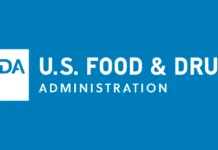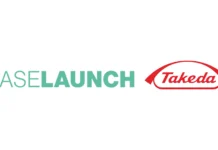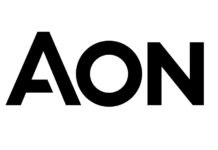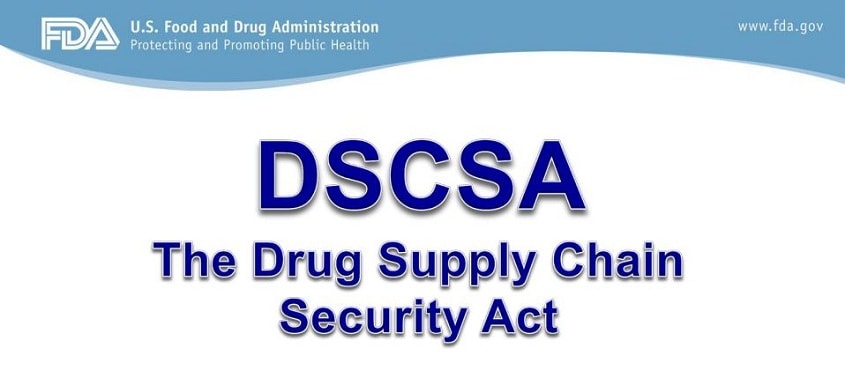DSCSA( Drug Supply chain Security Act):The bill was signed by President Obama on 27th November, 2013 to amend the federal Food, Drug and Cosmetic Act to grant the FDA with more authority to regulate and monitor the manufacturing of compounded drugs.
This is enacted to trace certain prescription drugs that are distributed throughout United States. The act has been enforced to build such systems to trace the origin of prescription drugs. Through this act FDA will be able to identify drugs which are harmful or counterfeit yet being used by the civil society/consumers. Once it is fully operational, the act will be able to remove all the dangerous drugs from the drug supply chain of the United States.
The act also demands the FDA to establish standard license procedures for the wholesale distributors of the drugs and logistics providers for such drugs.
With the act being implemented by FDA within 6 months, below are some of the comments about DSCSA by Industry experts:
Colin Newbould, Director of Regulatory affairs and QP Services, Wasdell
With six months to go until the US DSCSA enforcement day, companies should really have already implemented a clear strategy for compliance. Those who have not will now be struggling to acquire the necessary equipment and delivery lead times, which will inevitably get longer in the last-minute rush.
Such organisations need to consider how long it will take to not only test solutions to ensure they work efficiently, but also to test lines and implement the necessary changes to packaging components. For example, cartons will need to have unvarnished areas added to cater for new lines of text such as GTIN, batch number, expiry dates, serialised data and 2D data matrices. Tamper evidence measures also adds a level of complexity, for example, will these be covert or overt? In addition, packages that include braille will need to be adapted to cater for these systems.
It is these complexities that are leading many companies to look for third-party contract providers to outsource their serialisation requirements. Those sourcing new partners should be looking for contract organisation that has already implemented serialisation systems from level 1-4. They should also be doing this soon to not only ensure compliance with the US DSCSA, but also the EU FMD in February 2019.
All companies should have an action plan in place, with launch dates to start serialising packs scheduled as soon as possible for the US DSCSA and at the latest for Q3/Q4 2018 for the EU FMD.
Dexter Tjoa, director of corporate strategy, Tjoapack
With just six months to go until the new US DSCSA enforcement date, time is short. Those companies that have not yet developed an in-house solution are realizing that employing contract service providers, which are well-prepared for new serialization legislation, is a viable solution to tackling the now very tight timescales and ensuring continuation of supply to market.
However, companies looking to outsource their serialization requirements really must act now. As the deadline gets closer, contract packagers will begin to get busier onboarding existing customers. New customers need to bear in mind that their partners will need at least four months to ensure approval of artwork and packaging protocols and design a suitable solution.
In addition to the normal process for new product integration, such as storing and managing product master data and master packaging records and designing the packaging artwork, business leaders need to think about software integration for exchange of serial numbers, connection validation and test runs. Any further delays to engaging outsourcing partners could result in non-compliance and ultimately, delays to market and stock shortages.
Staffan Widengren, Director Corporate Projects, Recipharm
With only six months to go until the active enforcement of DSCSA, there is little time left for manufacturers to implement any real changes. Vendor availability and third-party resources are almost non-existent at this stage as early movers and more organised businesses have already secured support.
Companies across the supply chain should now be increasingly focussed on onboarding and finalising the connections with their partners and customers and validating their solutions.
As a CDMO we encouraged our customers to onboard sooner rather than later to ensure a smooth transition come the deadlines. We are also exploring ways to offset the costs of introducing a level four system for companies with only a couple of SKUs as cost remains a major barrier for many when it comes to implementation.
Carlos Machado, serialization director US, SEA Vision
“With the deadline for active enforcement of the DSCSA law now mere months away, pharmaceutical industry players should be well underway in the delivery of their track and trace solutions. Failure to meet the deadline means companies risk production downtime and loss of business in key markets.
“When the potential impact on patients, whose safety is ultimately the focus of DSCSA, is considered, the failure of companies to offer a compliant solution could be catastrophic. For those that are yet to validate their solution, it is important that they up their efforts and collaborate with their partners to deliver on time.
“There also remains an unrealised opportunity for businesses to review processes, improve productivity and achieve a competitive advantage as part of their investment. The huge amounts of data that will be generated not only create the potential to increase visibility and information sharing across the supply chain but to realise some of the promises of big data.”




















